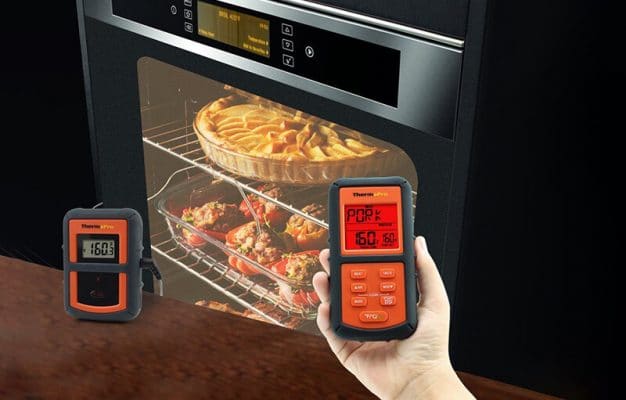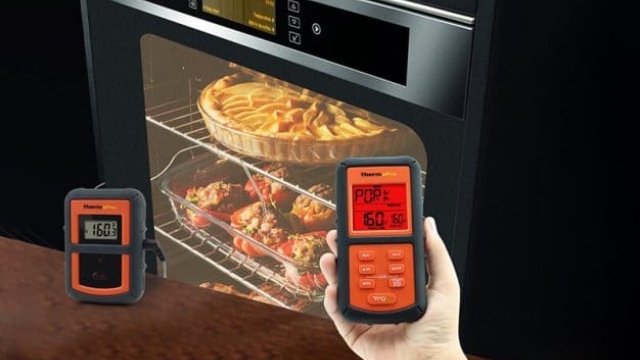Welcome to the world of food reheating, where we delve into the art of breathing new life into yesterday’s culinary creations. We all know the struggle of having leftover food sitting in the fridge, waiting to be enjoyed once again. But how can we ensure that these reheated meals maintain their original deliciousness? Fear not, for we have the answers you seek! In this article, we will explore the ins and outs of food reheating, providing you with essential tips, mouth-watering recipes, and valuable insights on how to optimize the nutritional value of your reheated dishes. So, let’s embark on this culinary journey together and unlock the secrets to perfectly reheated meals!
The Importance of Proper Food Reheating
Reheating food is a common practice for many of us, especially when we have leftovers or want to enjoy a quick and easy meal. However, it is crucial to understand the importance of proper food reheating to ensure both taste and safety. By following a few simple guidelines, you can avoid potential health risks and savor the flavors of your reheated dishes.
One of the key reasons to pay attention to food reheating is to maintain its nutritional value. When food is reheated incorrectly, essential nutrients can be lost, impacting the overall quality of the meal. By reheating food properly, you can retain more of these vital nutrients, making your meals not only delicious but also nutritious.
In addition to preserving nutrients, proper reheating also helps in maintaining the taste and texture of the food. No one wants to bite into a reheated dish that is soggy, dry, or tasteless. By reheating food correctly, you can ensure that it remains flavorful, juicy, and just as enjoyable as when it was freshly cooked.
Another significant aspect to consider is food safety. When food is not reheated at the right temperature, harmful bacteria can thrive and potentially cause foodborne illnesses. This is especially important when reheating perishable foods like meat, seafood, or dairy products. By following the recommended reheating guidelines, you can minimize the risk of foodborne diseases and enjoy your meals with peace of mind.
Proper food reheating is an art that allows us to make the most of our culinary creations while ensuring their safety and taste. By understanding the importance of reheating, we can all enjoy delicious and nourishing meals while minimizing any potential health risks. So, next time you reach for those leftovers, remember to follow the correct reheating techniques to truly appreciate the art of food reheating.
Guidelines for Reheating Refrigerated Food
When it comes to reheating refrigerated food, it is essential to follow proper guidelines to ensure both taste and safety. By reheating food correctly, you can enjoy delicious meals without compromising your health. Here are some key tips to keep in mind:
Check for spoilage: Before reheating any refrigerated food, always inspect it for signs of spoilage. Look for any unusual smells, changes in texture, or mold growth. If you notice any of these indicators, it is best to discard the food rather than risk consuming something harmful.
Thoroughly heat the food: To make sure your reheated food is safe to eat, ensure it reaches a high enough temperature. This will help kill any bacteria that might have grown while the food was in the refrigerator. Use a food thermometer to check that the internal temperature reaches at least 165°F (74°C). Stirring the food midway through heating can help distribute the heat evenly.
Avoid excessive reheating: While it’s important to heat the food thoroughly, excessive reheating can lead to overcooking and loss of quality. Use the microwave, stovetop, or oven to heat the food gradually and evenly. This will help maintain its texture, flavor, and nutritional value. If needed, add a splash of water or broth to prevent dryness during reheating.

By following these guidelines, you can ensure that your reheated refrigerated food is both safe to eat and enjoyable. So go ahead and make the most of leftovers by reheating them with care and creativity in your own kitchen.
Tips for Safely Reheating Frozen Food
Stovetop Method: One common and reliable way to safely reheat frozen food is by using the stovetop. Start by selecting a suitable saucepan or skillet with a tight-fitting lid. Place the frozen food in the pan over low to medium heat, stirring occasionally to ensure even heating. This method is particularly effective for reheating soups, stews, and sauces. Just make sure to heat the food thoroughly, reaching an internal temperature of 165°F (74°C) to eliminate any potential bacteria.
Oven Method: If you’re looking to reheat larger portions or solid frozen foods like casseroles or baked goods, the oven method can be a great choice. Preheat your oven to the recommended temperature stated on the food packaging or recipe. Place the frozen food in an oven-safe dish and cover it with aluminum foil to prevent excessive drying. Bake until the food reaches the desired temperature, occasionally checking for any signs of burning or overcooking.
Microwave Method: When it comes to convenience, the microwave can be your go-to option for reheating frozen food. However, it’s important to take precautions to ensure safe reheating. Start by transferring the frozen food to a microwave-safe container or dish, ensuring it is evenly spread out to promote uniform heating. Cover the dish with a microwave-safe lid or microwave-safe plastic wrap, leaving a small vent to prevent pressure build-up. Set the microwave to the appropriate power level and heating time, following the guidelines provided by the food packaging or recipe. Stir the food halfway through the reheating process and check the internal temperature before consuming.
Remember, regardless of the reheating method you choose, always prioritize food safety. Avoid partially reheating food and never let it sit at room temperature for an extended period. Properly reheated food should be steaming hot throughout, ensuring any potential bacteria or pathogens are eliminated. By following these simple tips, you can safely enjoy your reheated frozen food while avoiding any foodborne illnesses.
leftovers




